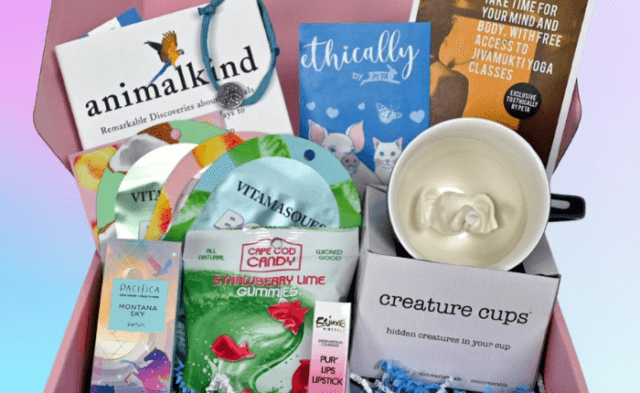It isn’t hard to empathize with that homeless Wisconsin woman who was undergoing chemotherapy and whose beloved dog, Baby Girl, had reportedly been turned away by an animal shelter when she tried to give her up. In a moment of desperation, the woman tied her dog to a fire hydrant and called the police to come and pick her up. But even those of us whose situations aren’t quite so dire can find ourselves in a tight spot—especially during record price hikes—as we try to provide quality care. Fortunately, a wealth of resources exists to help keep Fido and Fluffy happy and healthy—and at home.
One of the best ways to save on veterinary expenses is to spay or neuter. It might sound counterintuitive, but these simple, routine surgeries can prevent costlier health problems down the road. Spayed females can’t develop uterine or ovarian cancer and are far less likely to have breast cancer. Neutered males will never have testicular cancer and are less likely to suffer from prostate disease. Spaying and neutering also decrease animals’ risk of contracting diseases such as feline AIDS and feline leukemia, which are spread through bodily fluids. Many organizations across the country, including PETA, offer low-cost spay/neuter services. Find the one closest to you by calling 1-800-248-SPAY.
Preventive health care—including vaccinations and monthly flea, tick and heartworm medication—is also a money saver in the long run. PETA operates a reduced-cost vaccination clinic, as do many rescue groups. A quick call to your local humane society is a good way to start looking for veterinary care. Purchasing from retailers such as 1800PetMeds and Costco can cut down on prescription medication costs. Another tried-and-true way to keep animals healthy is to keep them indoors. Cats and dogs who are allowed to roam outside risk being hit by cars or injured by other animals or cruel people, and they could ingest toxic substances. If your animal companion needs emergency medical care, veterinary offices will often work with you to set up flexible payment plans.
The cost of food and grooming is getting higher, too—but there are ways to save. If the price tags at the pet supply store are giving you sticker shock, check the websites of discount retailers, such as Target, Amazon, and PetFlow, where you can frequently find lower prices, free shipping and e-mailed coupons. You can also save by purchasing directly from food companies, buying in bulk and setting up automatic shipments.
Many food pantries work in conjunction with their local animal rescues to ensure that when families come to them for assistance, their animals are provided with food, too. Additionally, humane societies are often willing to help temporarily with food and essentials in order to ensure that animals can stay with their families and out of already packed shelters.
And if you honed your haircutting skills during the pandemic, share them with your animal companion. Grooming sessions at home can save cash and make animals feel more comfortable. Gentle, regular brushing prevents painful mats, and dogs can usually be bribed to stand still in the sink or tub for the price of a few treats.
If you’ve been wanting to welcome a new member into your family but don’t want to break the bank, adopt! You’d be saving a life and hundreds of dollars—which would make an excellent animal emergency fund. Mixed breeds are usually free of the debilitating and expensive health issues that plague purebreds. But if your heart is set on a certain breed, there are many purebreds waiting in shelters, and there are breed-specific rescue groups, which—unlike breeders—help adopt out animals in need without fueling the homeless-animal crisis. Animals adopted from shelters are also typically spayed or neutered, up-to-date on vaccinations and microchipped.
For any other companion-animal needs, a quick internet search is often all it takes to find the resources to ensure that our “best friends” can stay right where they belong.
Michelle Reynolds is a senior writer for the PETA Foundation’s Written Communications Department.





